On December 27, 1981, eight Baha’is, including seven men and one woman, were executed by a firing squad after being sentenced to death by the Tehran Revolutionary Court. Their only crime was to be leaders of the Baha’i National Spiritual Assembly.
The group was tried behind closed doors and was denied access to a lawyer, not even a court-appointed one. Their bodies were buried without observing Baha’i burial practices and without informing their families who learned by chance about their execution.
Thirty-four years later, a video of the trial was smuggled out of Iran by someone who had worked for the Revolutionary Court and published online. The video shows only the seven male defendants, not Zhinoos Nemat Mahmoudi. The indictment also made no mention of her.
According to the date featured on the tape, the trial was held on December 27, 1981, and the judge issued the verdict during the same session. The defendants were given no chance to appeal and no higher court confirmed the verdict. The defendants were not even allowed to see their families one last time.
Zhinoos Nemat Mahmoudi was the first Iranian woman to be appointed as the head of the National Meteorological Organization. She was born in 1928 in Tehran and was the daughter of Kamale Ajzachi, an educated woman and a teacher, and Abbass Nemat, best known for establishing the printing process gravure in Iran. He was also a writer who contributed to a range of newspapers and publications. Under the Shah, Nemat published the Tehran Mosavar magazine, one of the country’s oldest and most popular magazines.
Mahmoudi’s passion was science and nature. She was a great mountain and countryside lover. In fact, she was so fond of Alborz mountains that she dreamed of building a “treasure of human sciences and civilization” on the slopes of this range. She wanted to collect every document related to science and civilization, prehistoric animals, scientific discoveries and speeches by prominent scientific and historical figures into one place, and aimed to store them on microfilm. “We, as Iranians, must have a role in safeguarding and protecting the world’s science and heritage,” she believed.
Her university degrees in physics and meteorology, alongside her calm and strong-willed character, led to her success and scientific achievements. During his reign, Mohammad Reza Shah Pahlavi came to rely on Mahmoudi as the country’s most distinguished meteorologist.
She began her career as a weather forecaster and theoretical teacher of Asian meteorological and climate studies, and was appointed as the head of the first meteorological school in the country. Her last position was at the helm of the National Meteorological Organization, which at the time was a branch of the Defense Ministry. She was a de facto deputy defense minister, the equivalent of an army general. She also represented Iran at international conferences.
“I remember when we were in Iran, my mother stood in her meteorological office in Tehran Mehrabad Airport, watching the sky and telling me: ‘Whatever I do in meteorology, I do it for my love of this country and its people,’” her daughter Mona recalled.
But her love for meteorology, the mountains and the sea was not confined to her professional career alone. She was also the first person in Iran to research solar energy and its potential in producing heat, and she authored the Geographical Atlas of Iran, a product of 15 years of research.
Alongside her career and numerous work-related trips, she fought to secure equal rights for women. Mahmoudi was a member of the Association for Educated Women for Peace (Zonta), was secretary of the Deyhim Peace Association, and chaired the board of directors for the Women’s Association of the Roads and Meteorological Ministry.
It was during this time that Houshang Mahmoudi, the country’s first radio presenter of children’s programs and a documentary filmmaker, came into Mahmoudi's life. They got married and had three children: Aryana, Mona and Artin.
Shortly after the 1979 Islamic Revolution, Mahmoudi became one of the first victims of the new Islamic government’s policy of eradicating the Baha’i faith and its followers.
After the establishment of theocratic rule in Iran, the new regime showed no regard for the Mahmoudis’ scientific expertise, but instead targeted the couple for their religious faith. Zhinoos Nemat Mahmoudi was quickly fired from her job because she was a Baha’i. She and her husband were forced to live underground. Luckily, they had sent their children abroad before the revolution to study. Then, in August 1980, Houshang Mahmoudi disappeared and was never seen again.
Followers of the Baha’i faith were brutally repressed in the early days of the revolution. Members of this religious minority either disappeared or were arrested by the state. Several were executed. Zhinoos Mahmoudi became a member of the Tehran National Circle and following this, the head of the National Religious Circle. She was active in several Baha’i committees, including the Tehran National Circle, of whom she was the deputy leader. Although her life was in jeopardy, she continued to visit Baha’i prisoners and their families. Revolutionary guards eventually arrested her on December 14, 1981, while she was visiting a member of the Baha’i association.
The authorities never published any information about the reasons for her arrest, her trial or the court’s final verdict. A single document on the case is available, which was published by the general prosecutor of the Islamic Revolutionary Court on December 28, 1981. According to this document, Zhinoos Mahmoudi and seven other Baha’is were convicted by Tehran’s Islamic Revolutionary Court and sentenced to death on charges of “spying.”
Zhinoos Mahmoudi was executed a year and a half after the disappearance of her husband, without the knowledge of her family. They later found her anonymous grave in Kofr Aabad (the “Infidel Lot”) in Tehran’s Behesht Zahra cemetery after unofficially being informed of her death.
visit the accountability section
In this section of Iran Wire, you can contact the officials and launch your campaign for various problems













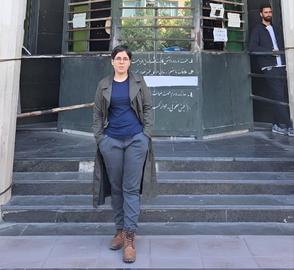
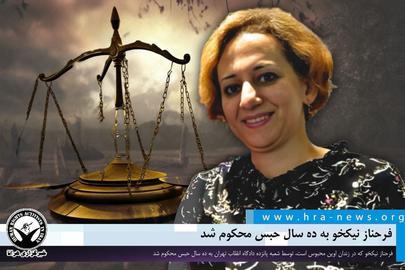
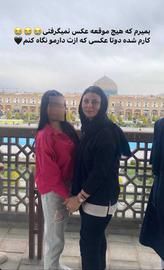

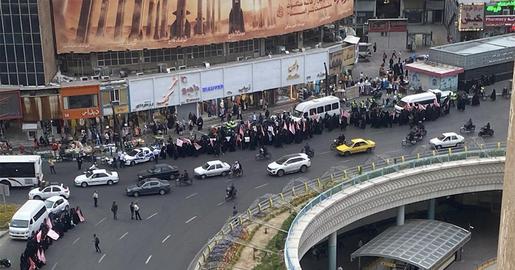
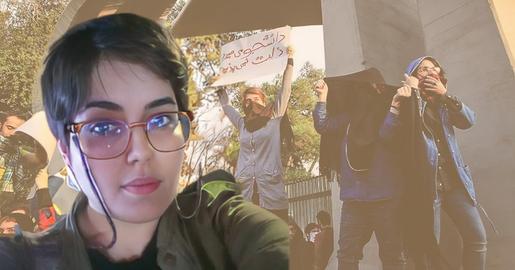




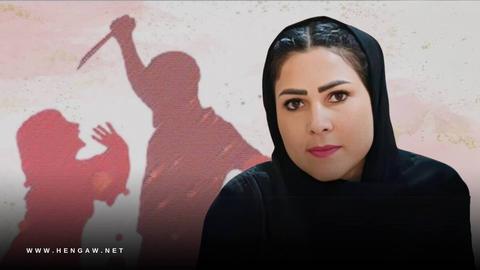


comments